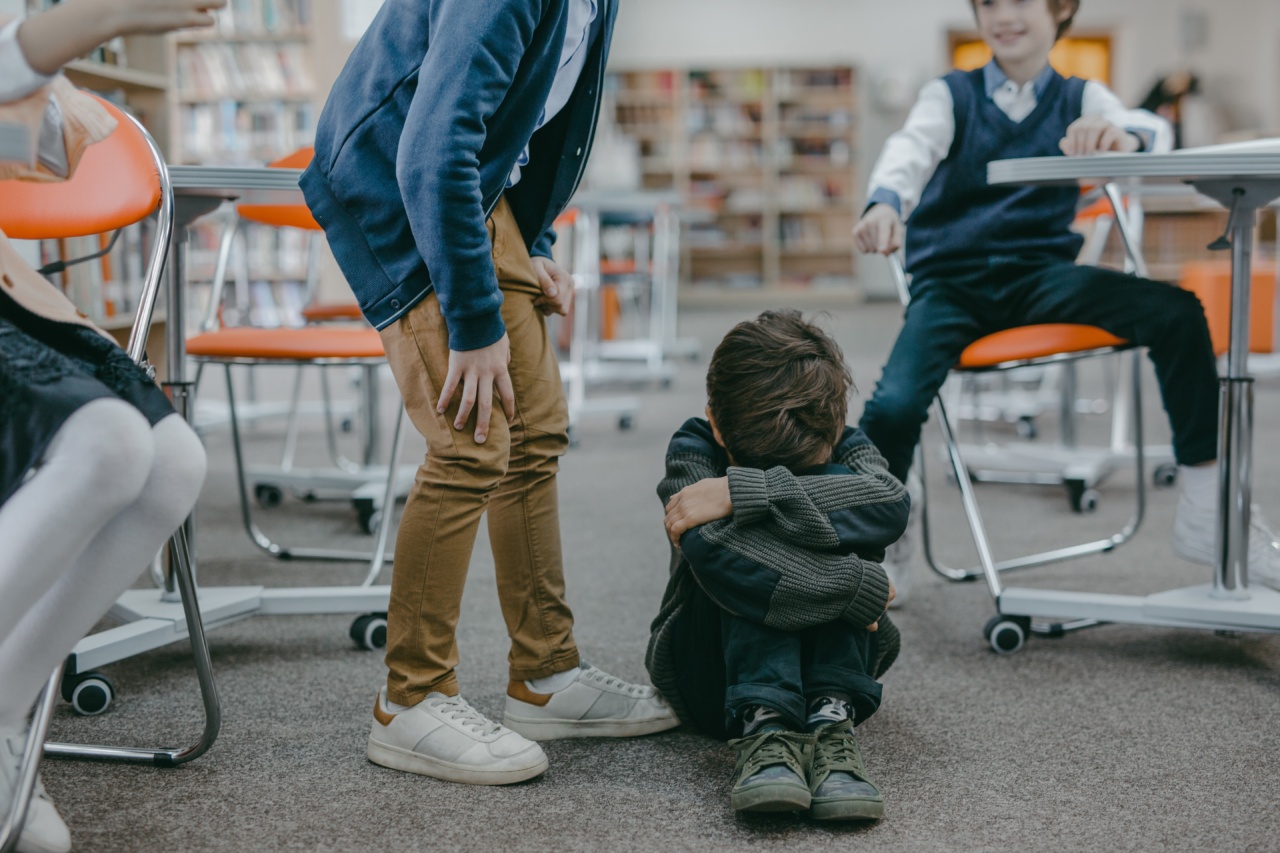Bullying in schools has been a significant concern in our society for years. Many students face physical, verbal, or psychological abuse from their peers, which causes long-term effects on their mental health and academic performance.
Therefore, it’s essential to find ways to combat bullying in schools and create a safe, inclusive environment for all students.
Educate Students and Teachers
One of the simplest ways to combat bullying is by educating students and teachers about its harmful effects. Schools can organize awareness programs that highlight the importance of kindness, empathy, and inclusion.
Teachers can also incorporate anti-bullying lessons in their curriculum, ensuring students understand the negative impact of bullying and how they can be an ally to victims.
Encourage Student Participation
It’s crucial to empower students and encourage them to participate actively in preventing bullying. Schools can create peer support groups or clubs that promote inclusion and kindness.
These groups can organize activities to raise awareness of bullying prevention and create a positive school culture.
Implement School-wide Prevention Programs
School-wide prevention programs are effective in combating bullying. Programs that involve every student and faculty member can create a culture of respect, kindness, and empathy.
Schools can create policies that outline clear consequences for any form of bullying, including cyberbullying. These policies should be well-communicated to all students, teachers, and parents to ensure effective enforcement.
Create Safe Spaces for Victims
Victims of bullying need a safe environment to report their experiences and receive support. Schools can create safe spaces such as counseling centers, the principal’s office, or anonymous reporting platforms.
It’s crucial to establish trust between students and faculty members, ensuring victims feel confident reporting their experiences without fear of retaliation.
Involve Parents and Communities
Bullying is not restricted to school settings; it can happen anywhere, including at home or in the community. Parents and communities play an essential role in preventing bullying.
Schools can engage parents and communities in bullying prevention programs, encouraging them to participate in discussions, training, and awareness campaigns. This can create a unified approach to combating bullying across different settings.
Train Teachers and Staff to Recognize and Respond to Bullying
Teachers and staff play a crucial role in preventing and responding to bullying. Therefore, it’s crucial to provide them with adequate training to recognize and respond to bullying incidents.
They should also be trained on how to support the victim and address the behavior of the bully effectively.
Monitor and Evaluate the Effectiveness of Prevention Programs
To ensure the effectiveness of bullying prevention programs, it’s crucial to monitor and evaluate their impact.
Schools can collect data on the frequency and mode of bullying incidents and their effects on academic performance, mental health, and overall school climate. Based on this data, schools can make necessary adjustments to the prevention program to ensure its effectiveness.
Collaborate with Organizations and Agencies
Many organizations and agencies work towards preventing bullying and promoting inclusion. Schools can collaborate with them to gain expertise and resources in addressing bullying incidents.
These groups can provide training, resources, and support in developing and implementing bullying prevention programs.
Conclusion
Bullying in schools is a significant concern that requires collective efforts to eradicate. By raising awareness, empowering students, and implementing effective prevention programs, schools can create a safe, inclusive environment for all students.
However, it’s crucial to monitor and evaluate the effectiveness of these programs to address the emerging issues.






























